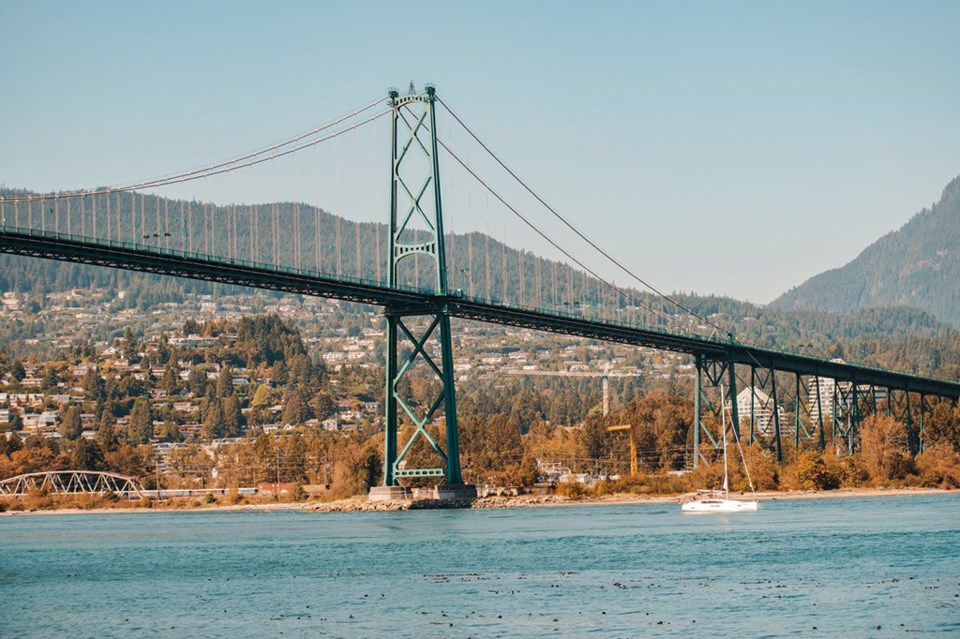Government and its critics agree infrastructure needs to be built for a changing climate, but a debate about how to finance it will prove pivotal to the type of infrastructure Canadians get.
At a Toronto Board of Trade event Thursday, Infrastructure Minister Catherine McKenna, joined by Canada Infrastructure Bank chair Tamara Vrooman, announced the government was moving forward on its national infrastructure assessment after gathering recommendations.
“One of the key, and I believe the most critical, recommendations is the call for an independent advisory body … with a clear mandate to carry out the assessment and provide the government and Canadians with impartial expert and evidenced-based advice,” McKenna said.
The assessment will aim to take stock of Canada’s infrastructure needs, improve co-ordination between owners and funders, and decide how best to finance infrastructure. The Canada Infrastructure Bank (CIB) strategy is “to grow the pie” by bringing in private investment as opposed to relying just on public dollars.
“We are big fans of public-private partnerships,” Vrooman said.
“Canada Infrastructure Bank, as of last week, has funded and financed about $13.9 billion in projects, over 70 per cent of those in the last six months alone, with almost 70 per cent of that financing coming from the private sector,” she said.
NDP Infrastructure critic Taylor Bachrach agreed in principle that an independent body would be good, but said he’s waiting to see who gets selected as experts first. The bigger issue he sees is the direction the government is headed.
“The Liberals have managed to bake into the recommendations this fixation they have with leveraging private capital to build public infrastructure,” he said. It’s “sort of a quasi-religious belief in the need to bring in private investors to deliver private profits in the building of public infrastructure, and Canadians should be very concerned about that.
“The question is whether public infrastructure should be seen as a profit opportunity by the private sector.
“So I'm very concerned about any recommendations that suggest making the infrastructure bank even more central in Canada's infrastructure plan,” he said.
Public-private partnerships, or P3s, have long been a contentious way to finance projects. Advocates say the strategy moves project risks from the public to private sector while offering cost savings and speedier delivery, but as the Council of Canadians points out, in practice, they often do the exact opposite. In 2014, Ontario’s auditor general reviewed 74 P3s and found they cost the province nearly $8 billion more than if done under traditional public procurement.
And the tide could be turning against them. Last year, the Township of Mapleton pulled out of a P3 plan with the CIB that would have privatized its water and wastewater infrastructure.
Novel Futures Corporation director and International Institute for Sustainable Development associate Darren Swanson said that in an era of climate change, the issue is scaling up financing from both the public and private sector.
“More and diverse sources of funding are needed going forward for climate-resilient infrastructure … both built and natural infrastructure will be needed to really adapt to climate change,” he said.
Swanson also said that as the climate changes, periodic assessments of infrastructure will become even more important to ensure they’re meeting the needs of Canadians. He also flagged a recommendation to incorporate Indigenous knowledge as being particularly important.
“Not only is there a large infrastructure gap in Indigenous communities, but from a climate-resilience perspective, Indigenous knowledge keepers have a lot of insight to offer in terms of adapting to climate change,” he said.
A recent report from the IISD found Canada’s “infrastructure deficit” is anywhere from $150 billion to $1 trillion, with the gap for First Nations infrastructure between $25 billion and $30 billion. In other words, to meet the country’s needs, much more financing will have to become available.



